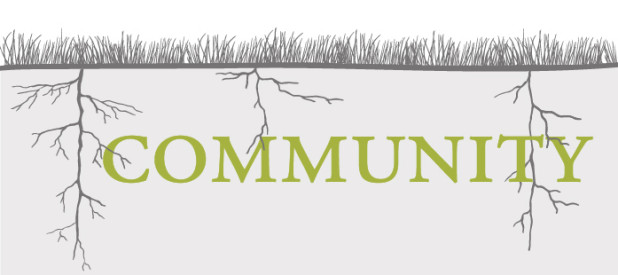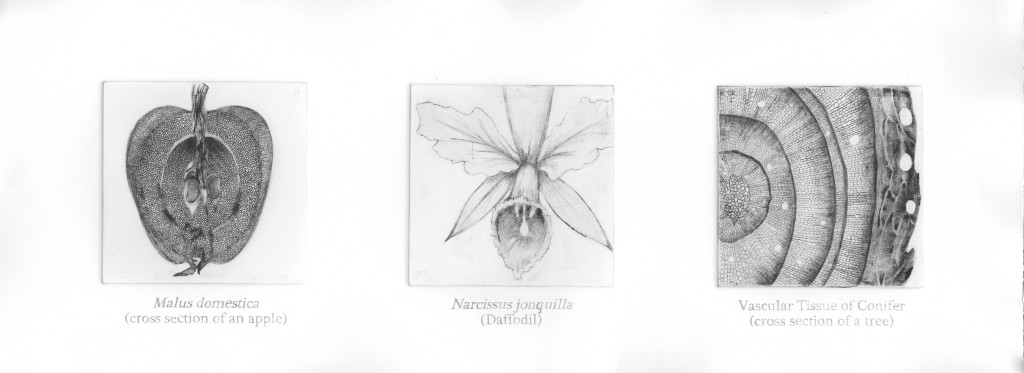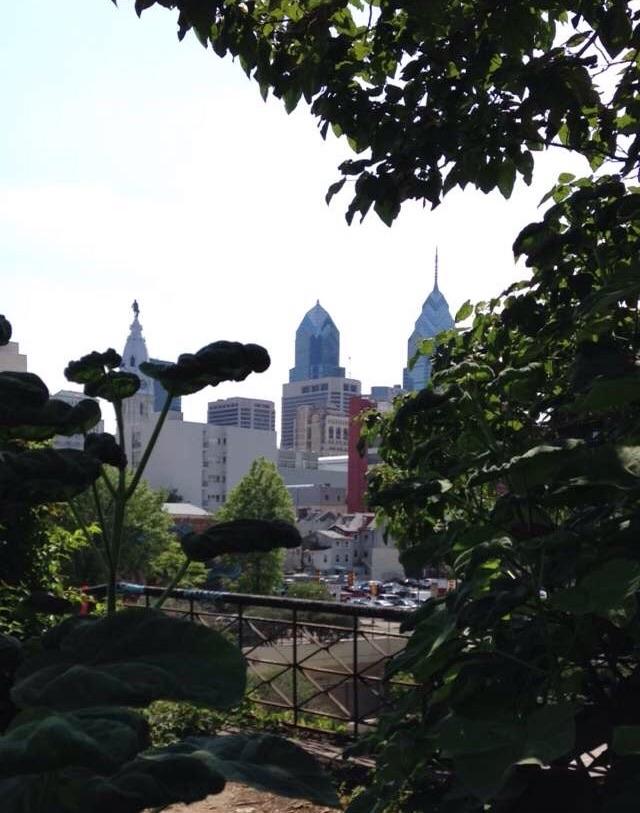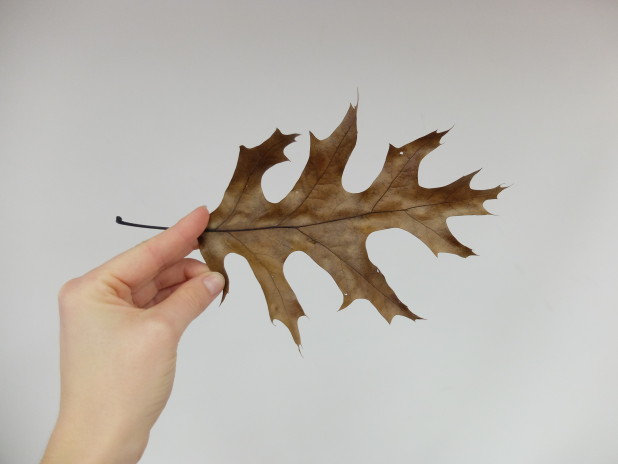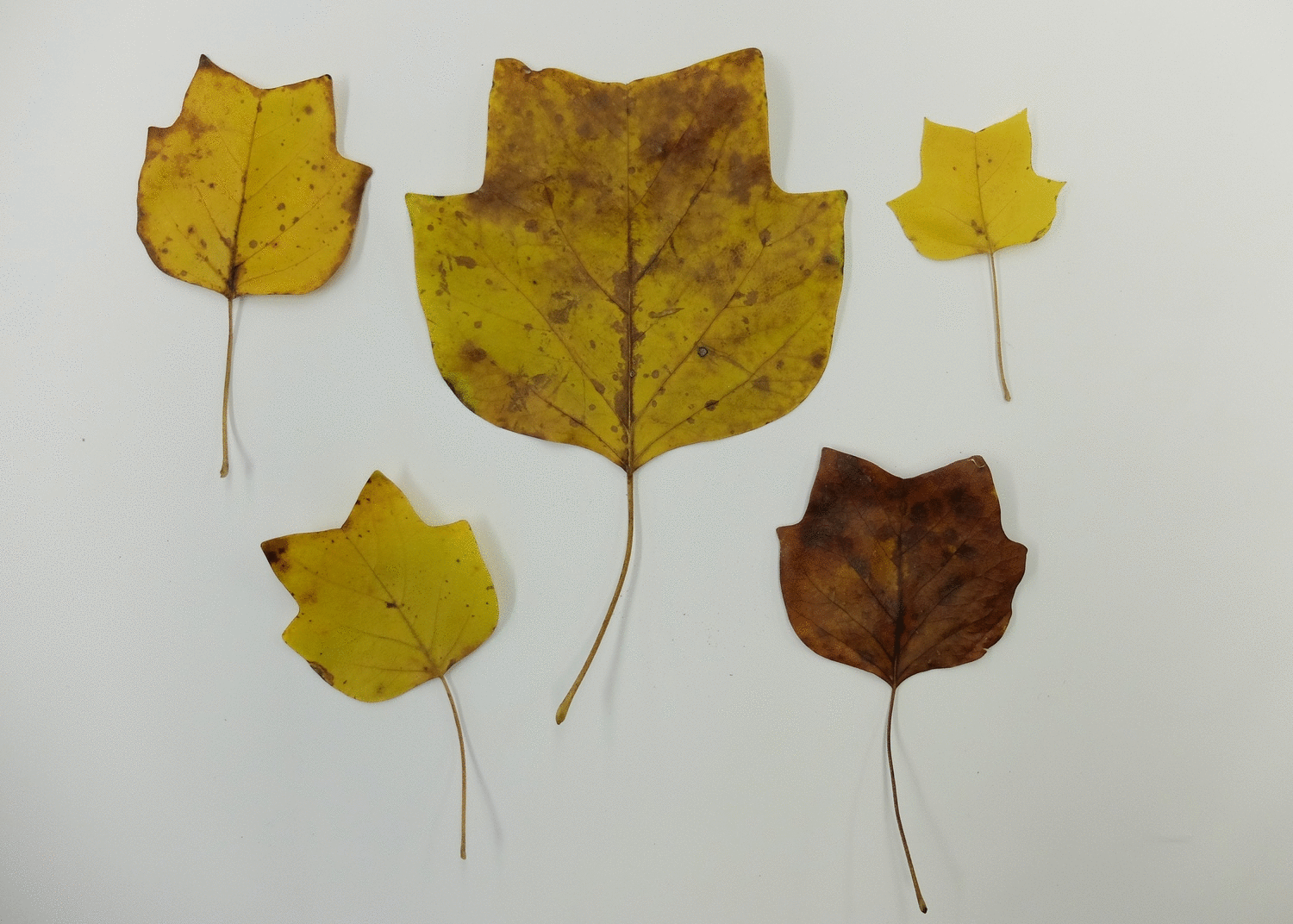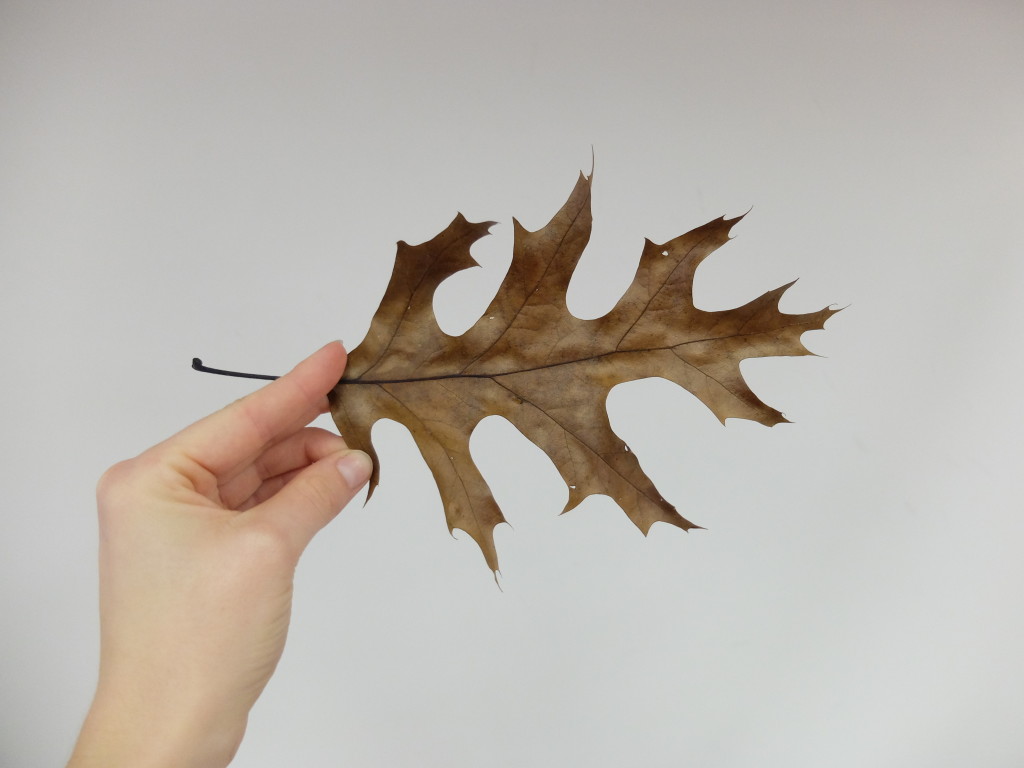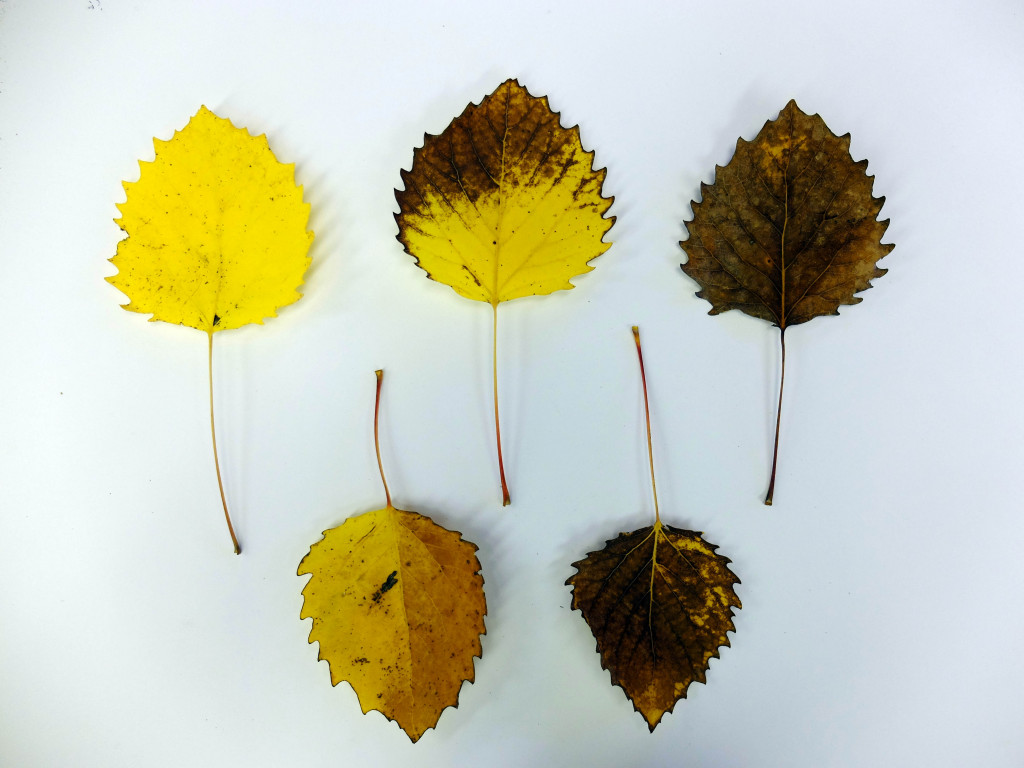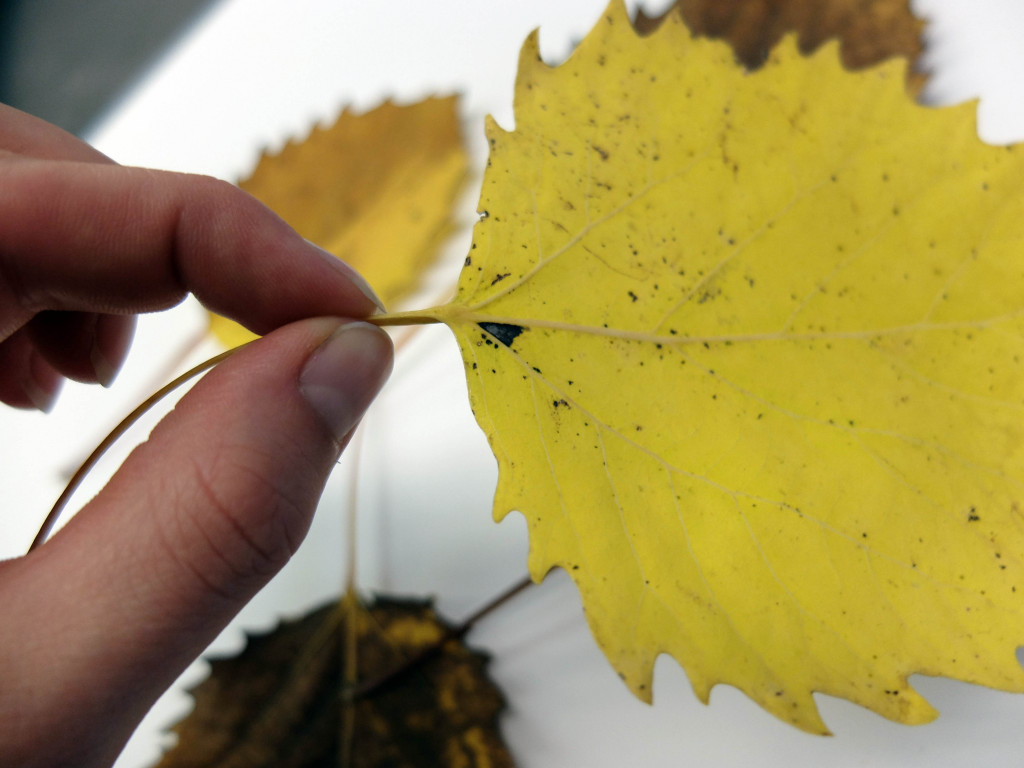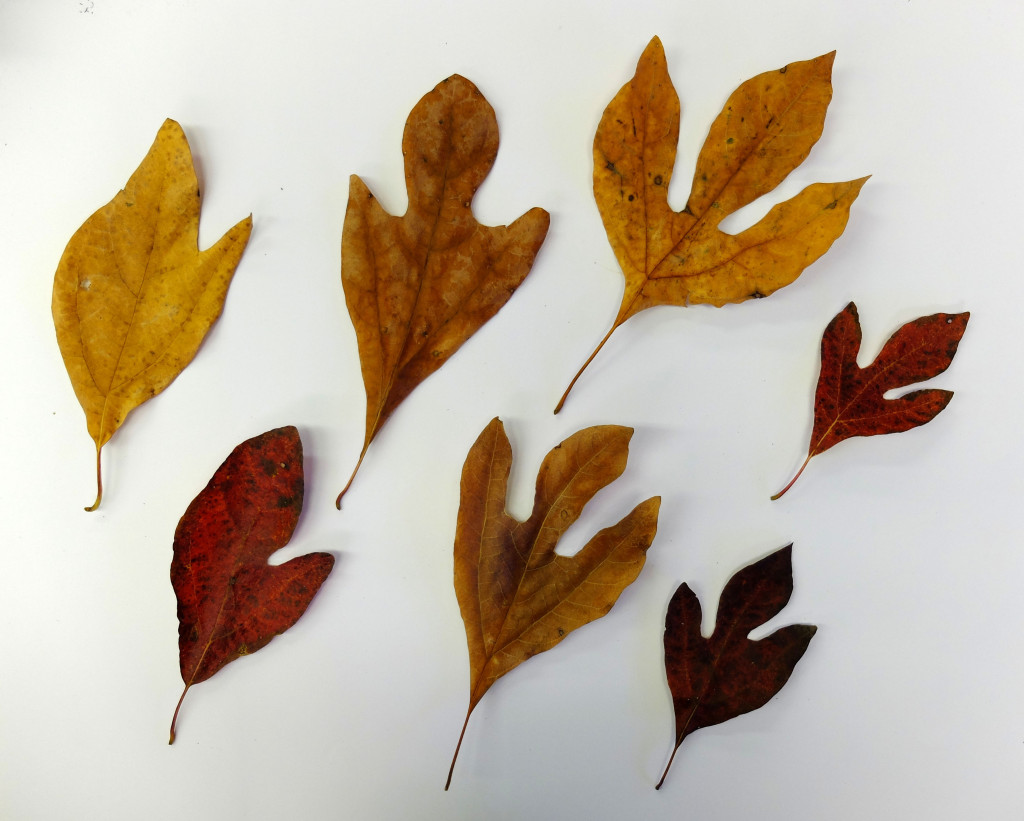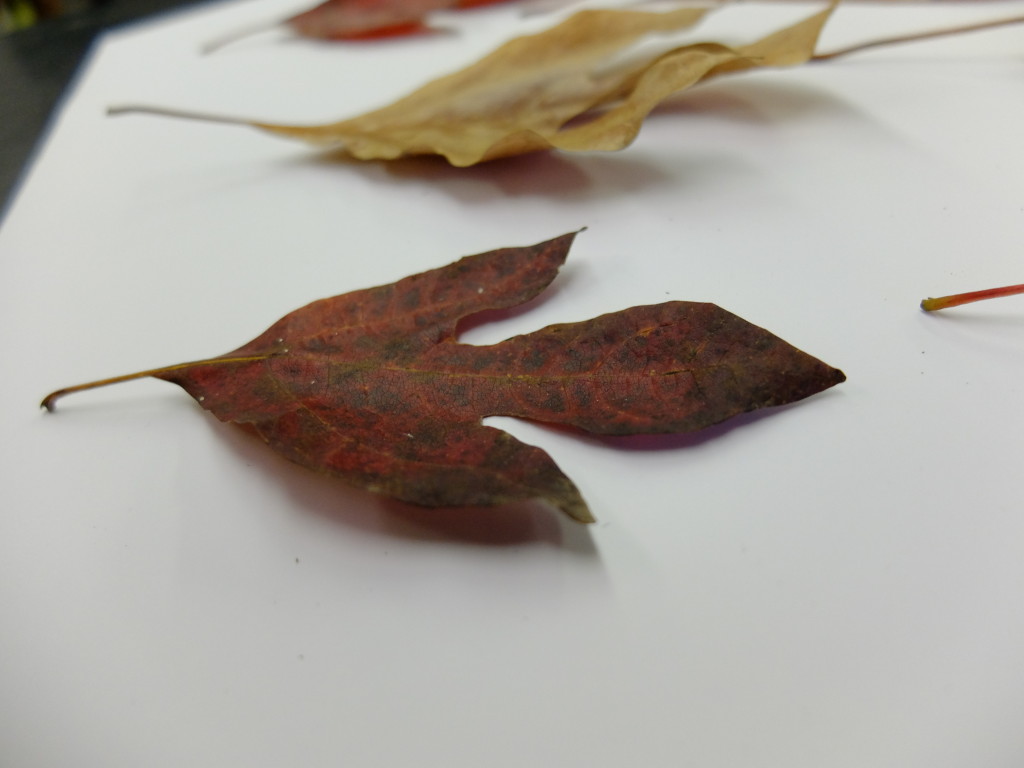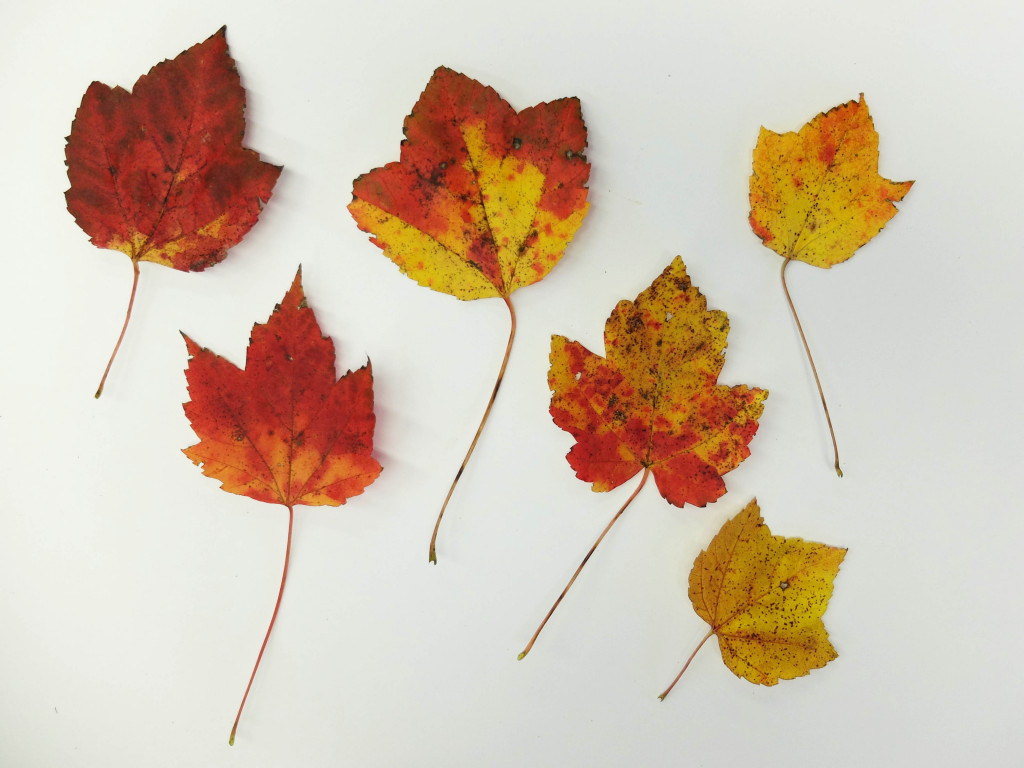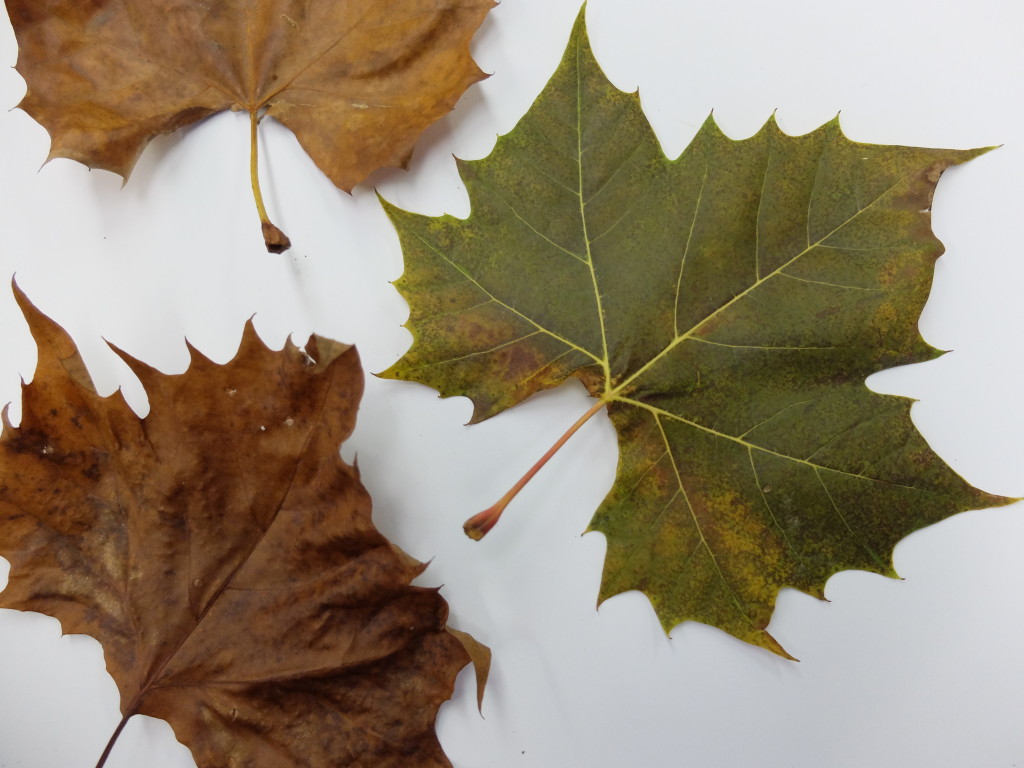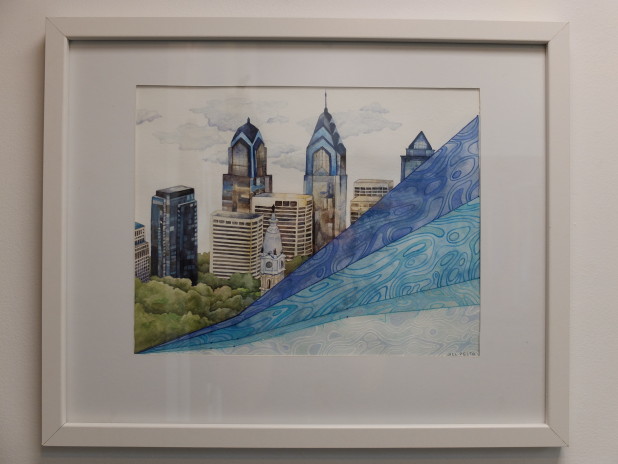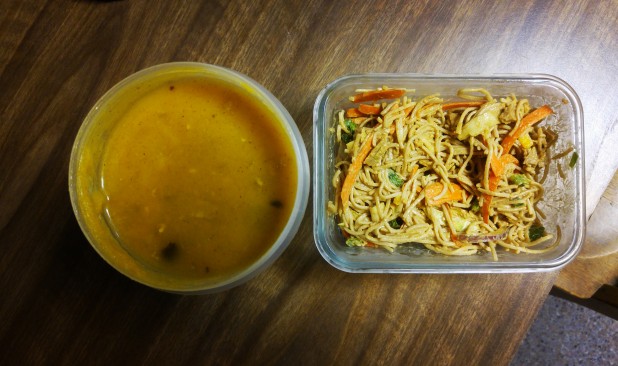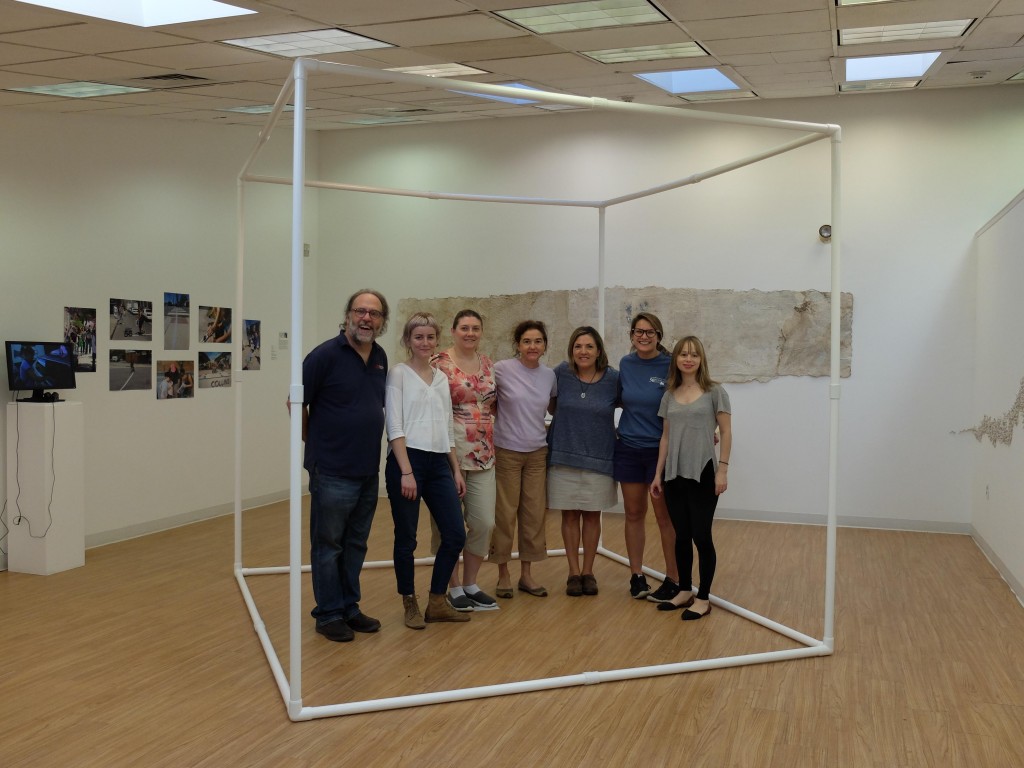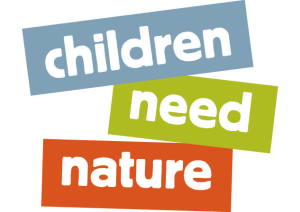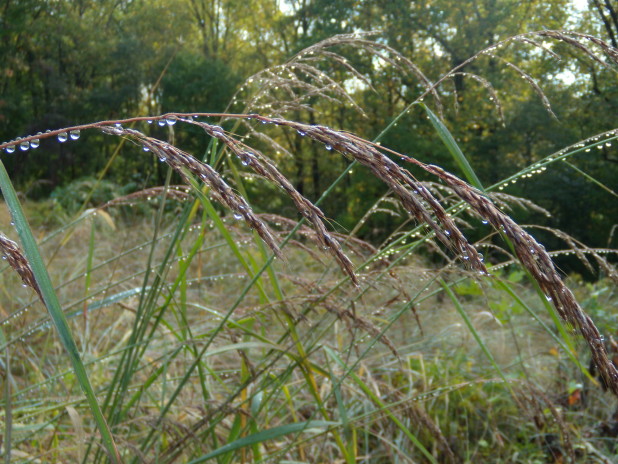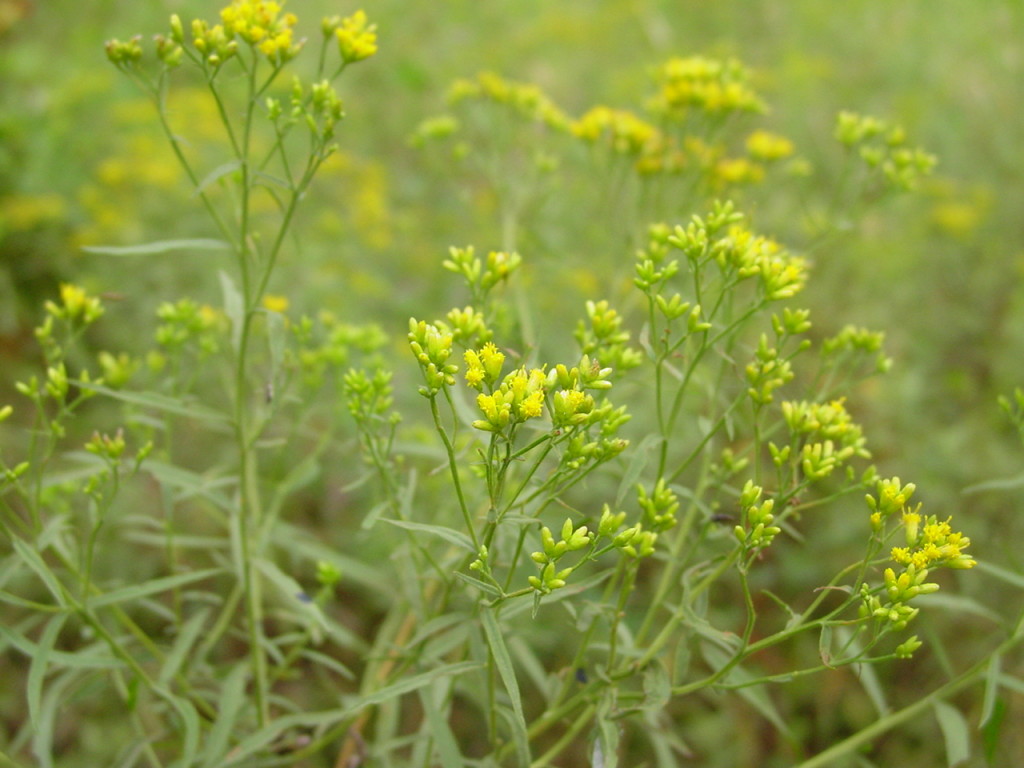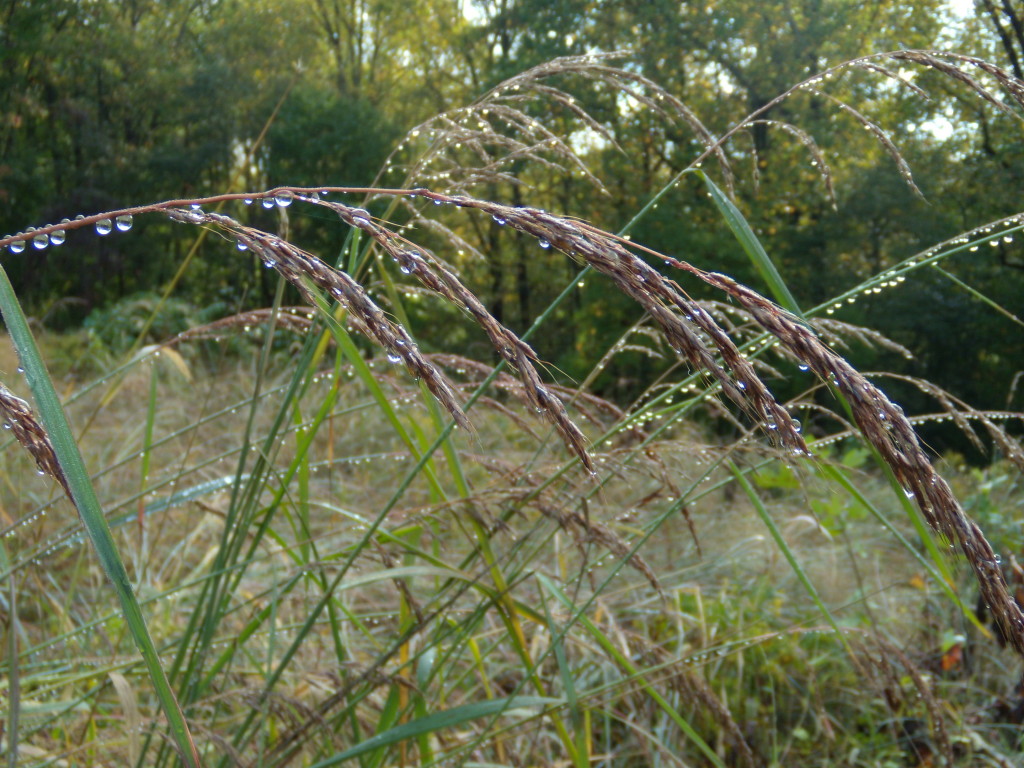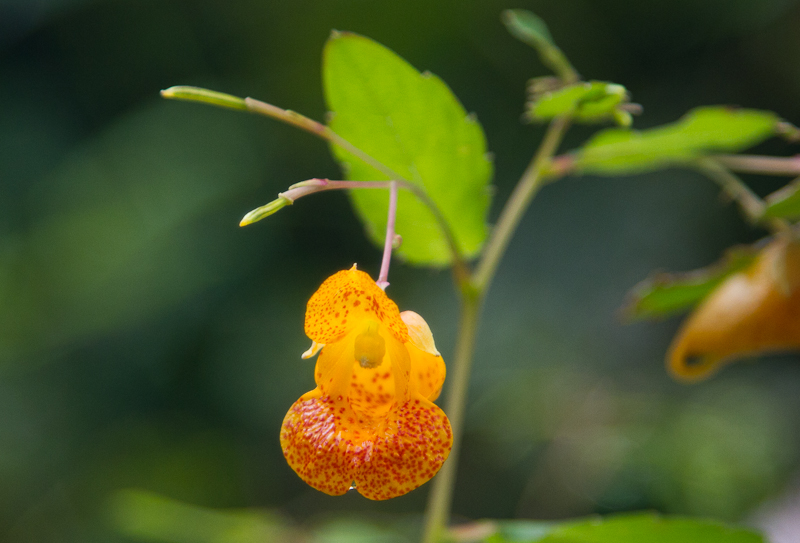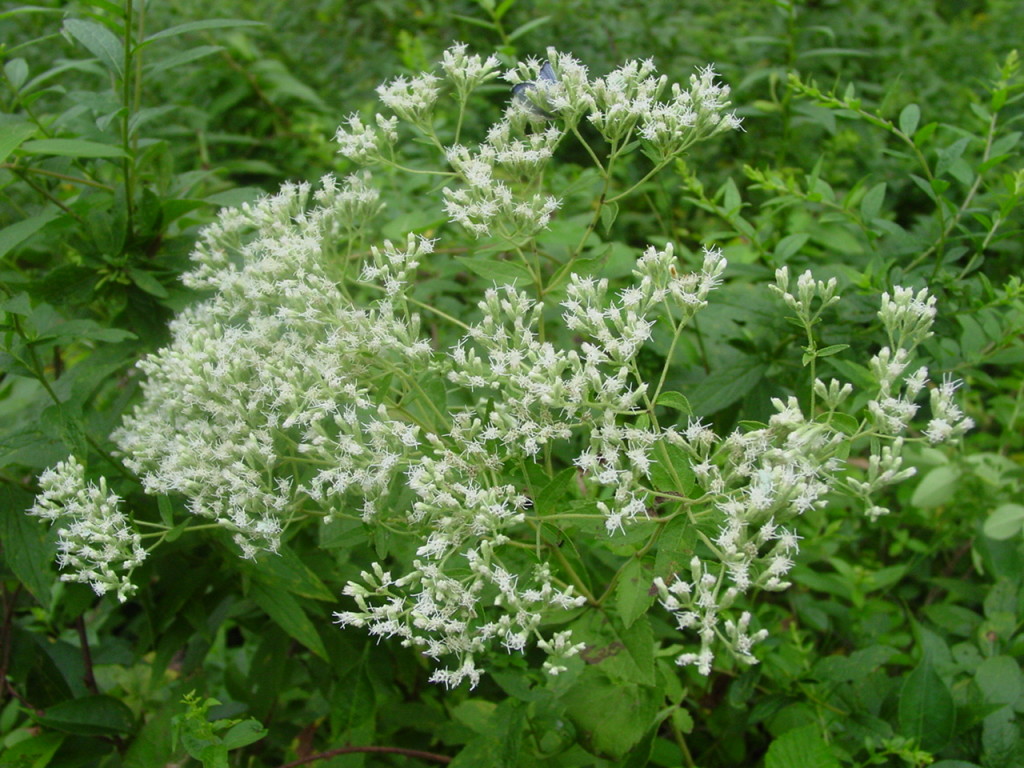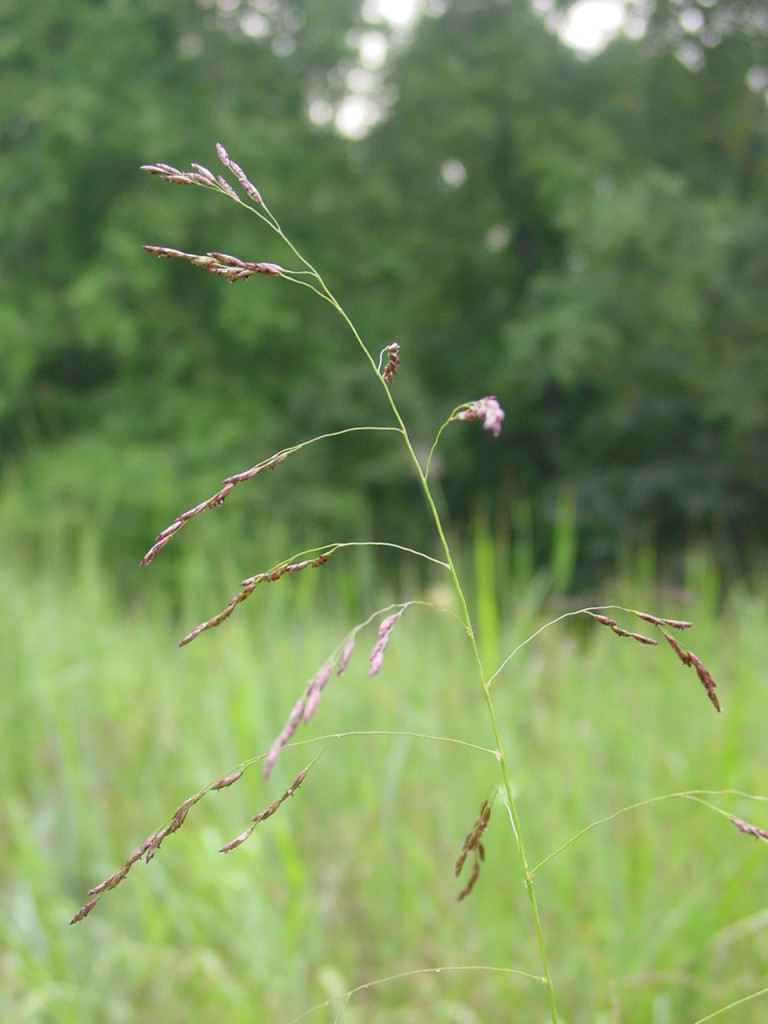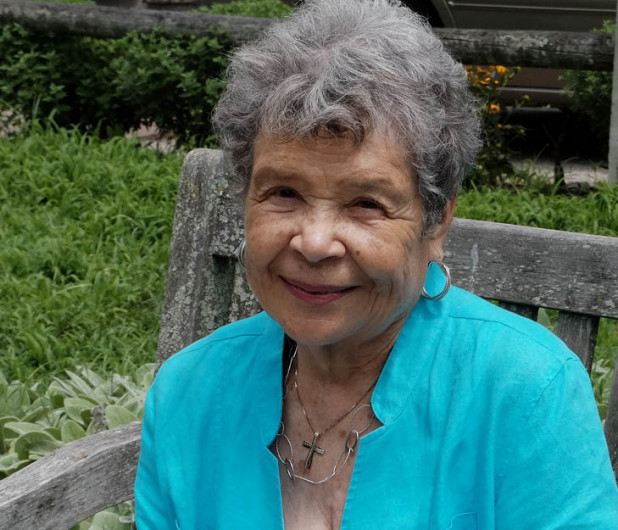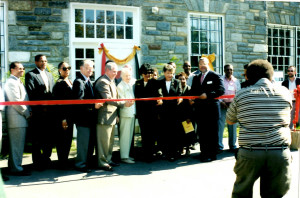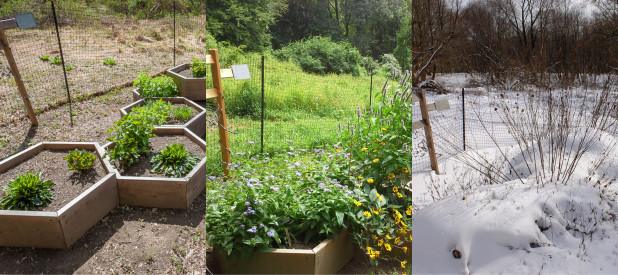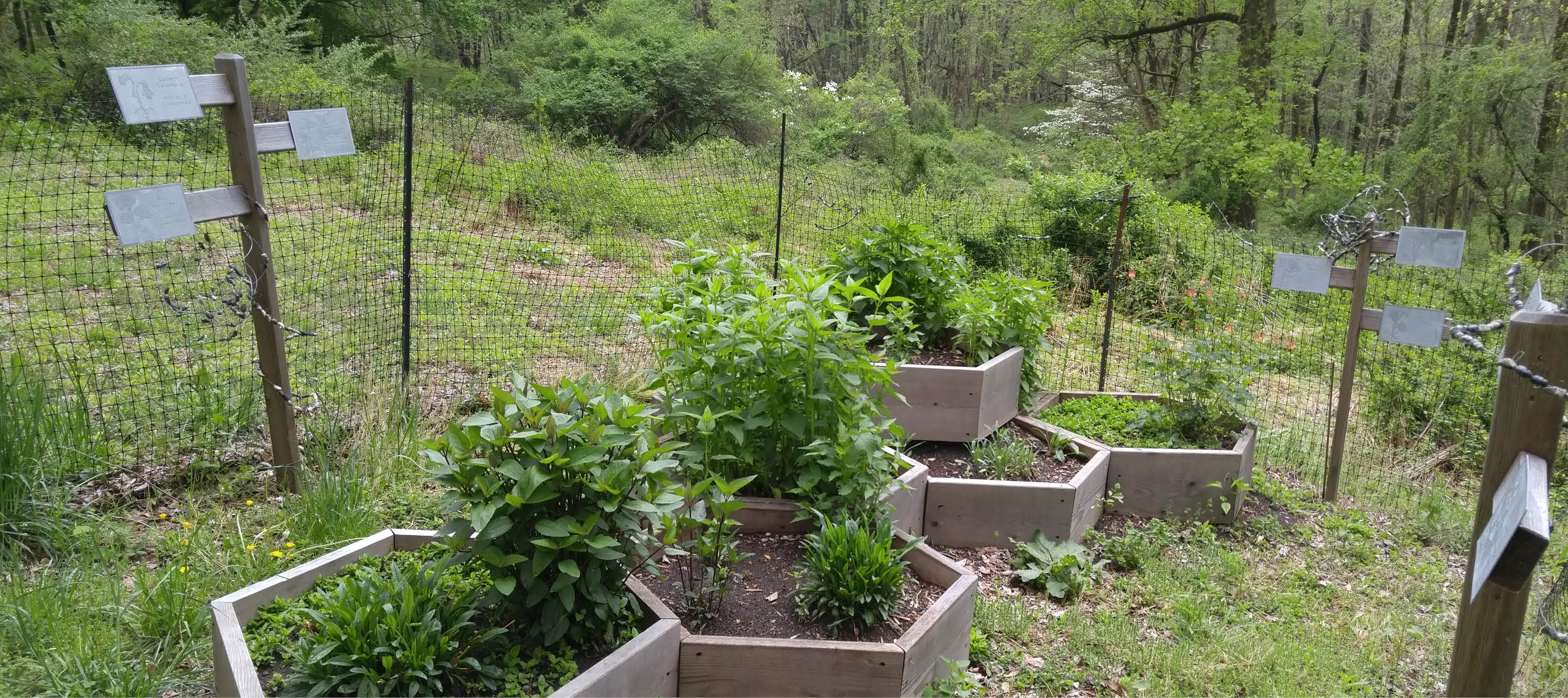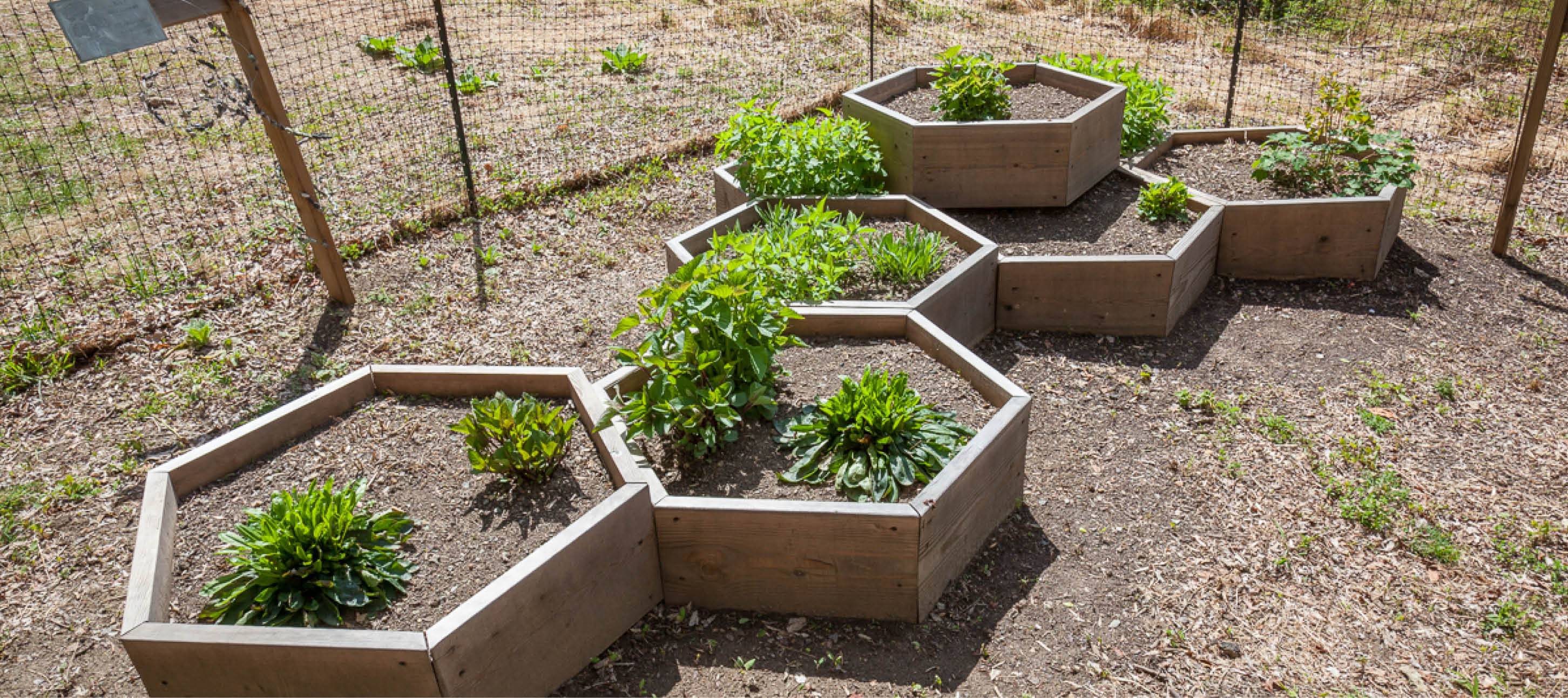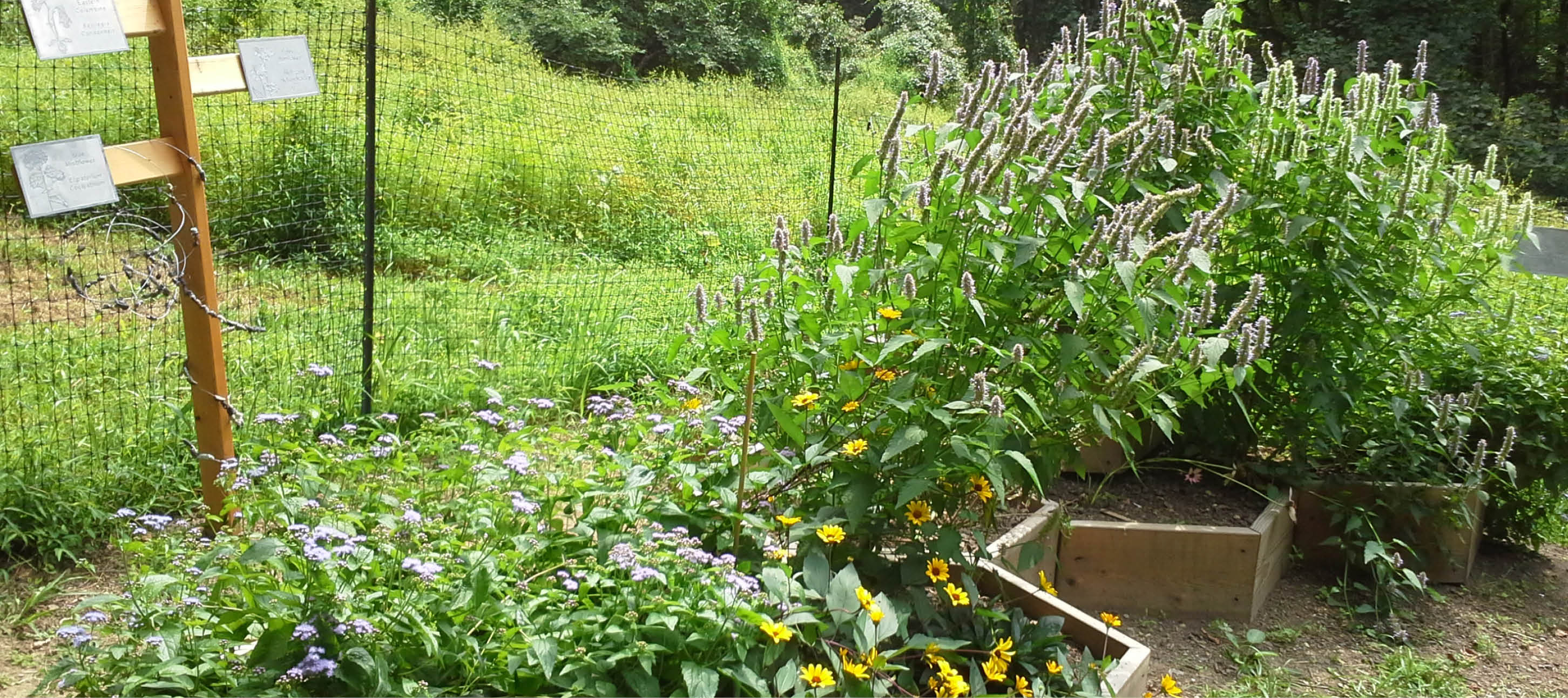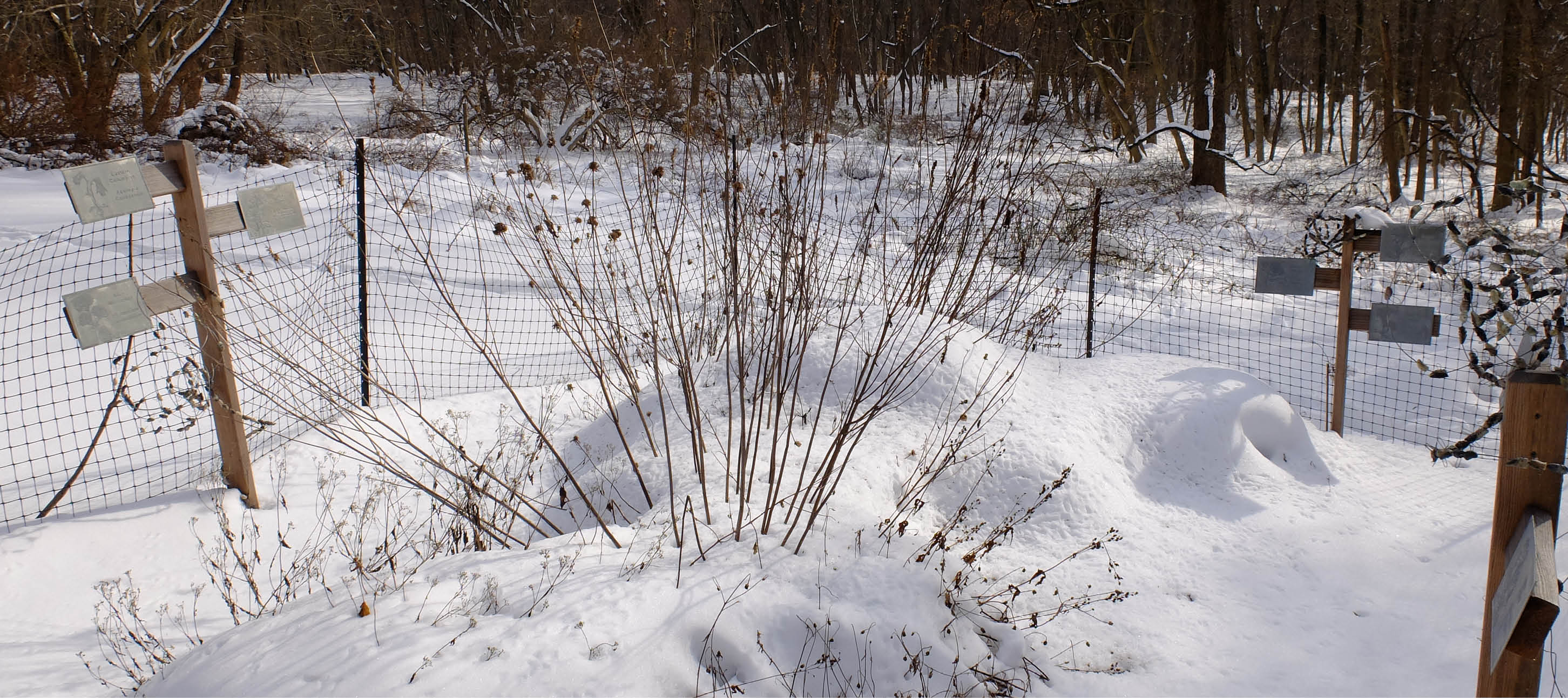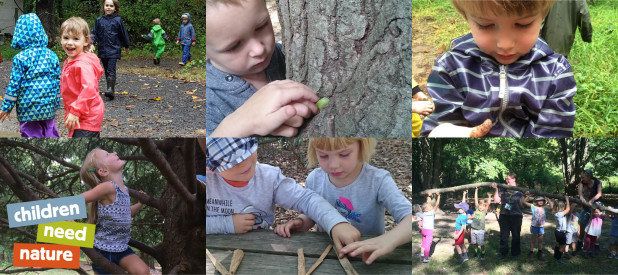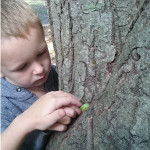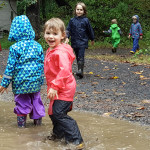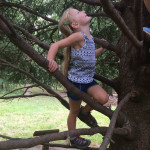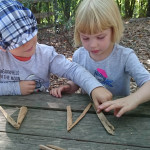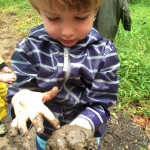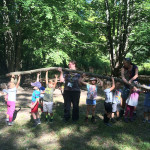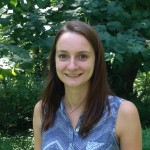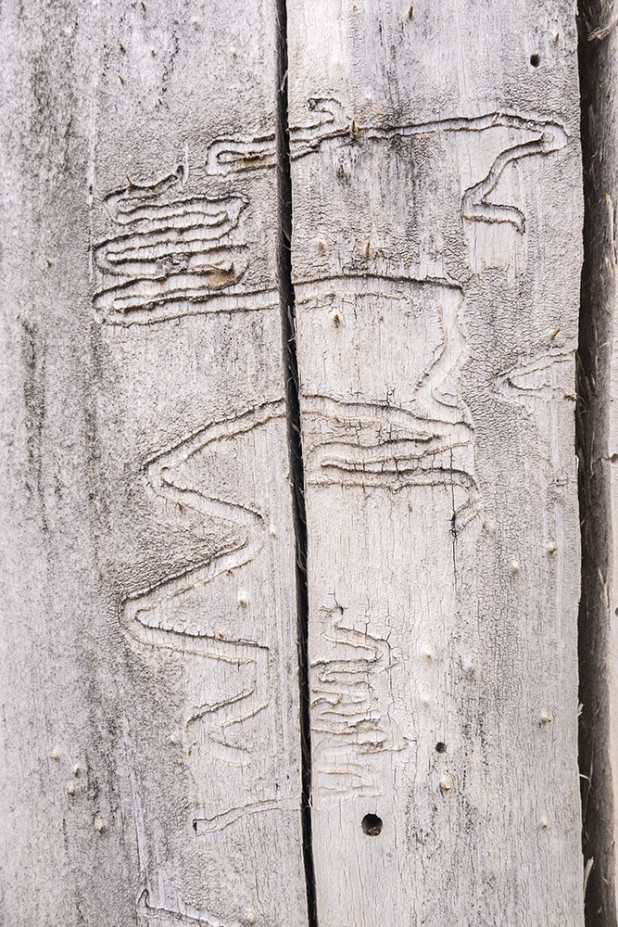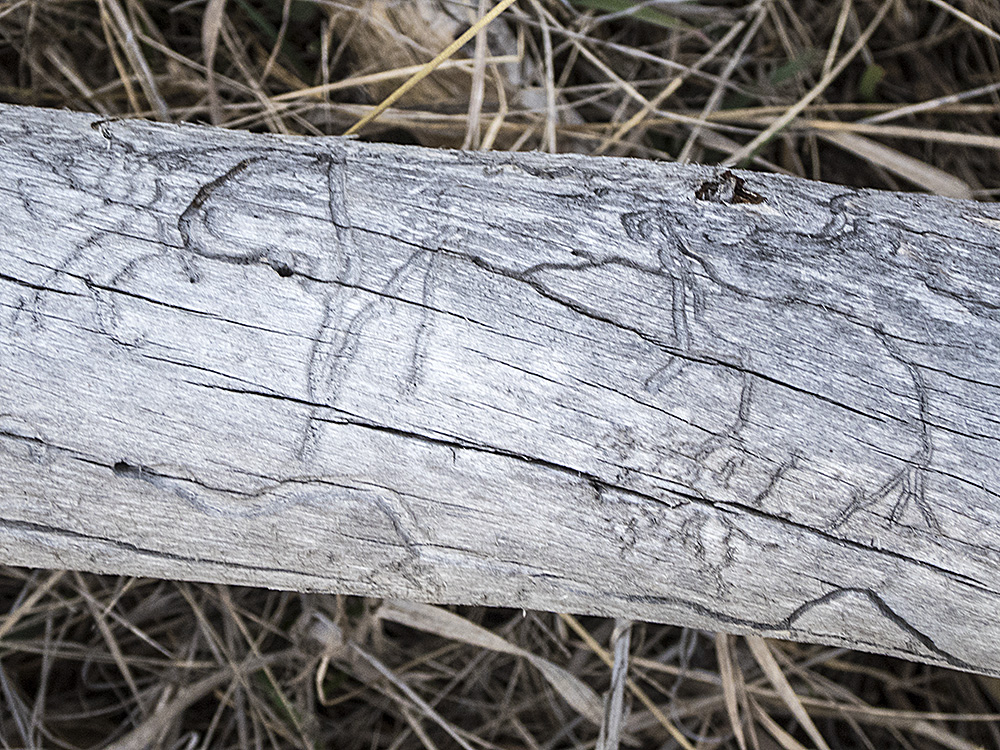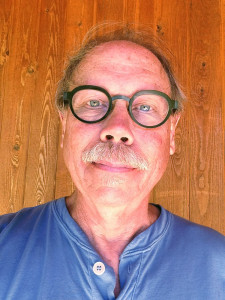Jenny Ryder, Environmental Art & PR Intern
With the dawn of a new year approaching, it’s as good a time as ever to commit or re-commit yourself to new year resolutions and opportunities for the future.
At the Schuylkill Center, we are committed to using our various platforms and resources to help inspire meaningful connections between people and nature—whether that be through our Nature Preschool, here on the blog, in our gallery, or just a simple retweet. As we renew our commitment to the planet and our ecosystem this year, we must necessarily renew our commitment to all of those who help us to keep our doors open and programs running: you!
Community, the next gallery show at the Schuylkill Center, will celebrate local artists across different themes and media. The show will be a non-juried, salon-style exhibit open to members and non-members alike, featuring Schuylkill Center staff members, visitors, volunteers, and friends. Works from every artist who submits will be included—find all the details here and submit your work by December 15.
Anna, Manager of Communications & Digital Strategy at the Schuylkill Center, is looking forward to seeing a snapshot of our community as a whole, “This show is all about creating in community; from all these different crowd-sourced works, something beautiful comes together, something that paints a portrait of who we are.” With only a week left to submit work, we are already so excited about the wide range of submissions we’ve received over the last month.
Last year, volunteers logged over 14,000 hours at the Schuylkill Center, most of them spent keeping our wildlife clinic up and running. Volunteers do everything from watching our front desk during staff meetings, preparing and throwing our many seasonal events, and saving the toads every spring during our ever-growing Toad Detour, among other various duties. We are lucky to have such an involved group of community members, and look forward to being able to showcase some of our friends’ and neighbors’ work on our gallery walls.
“This gallery show excites me more than most others because of one thing: perspective.” Elisa, coordinator of our NaturePHL program (more on that in the spring), and longtime former volunteer, is excited to witness the multitude of ways our friends and neighbors see and experience life in our upcoming show. “Giving people space to share their perspective on art, nature, and the Schuylkill Center in any and all ways is phenomenal.” In an aesthetic sense, Elisa’s photographs capture intricate as well as expansive and dynamic elements of the native wildlife in and around the Schuylkill Center. She is interested in seeing the other artistic perspectives by which people find a way to connect back to the natural world.
Cassandra Petruchyk,a volunteer at the wildlife clinic, has memorialized Zelda, the Clinic’s beloved and longtime turkey friend, in a portrait for the show. We’ve received some beautiful botanical depictions of the growth and maturation of local flora, photography of local landscapes and animals, and more.
Not all work will revolve around what we traditionally refer to as “nature.” We’ll encounter themes of memory, time, and all sorts of explorations into the realm of human experience, from poetic engravings to modern dance.
Help us ring in the new year as we renew our commitment to the land and open our doors to art from our local community. Whether or not you plan to submit to the show, thank you for all your support, as we could not do what we do without you.
Community will be accepting submissions until December 15th. There is no submission fee and all artists who submit will be shown in the gallery. The show will open with a reception January 26th at 6pm.

